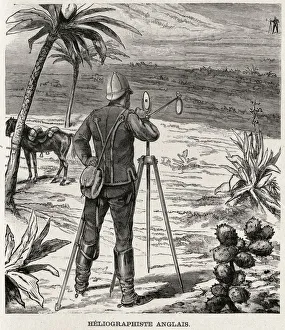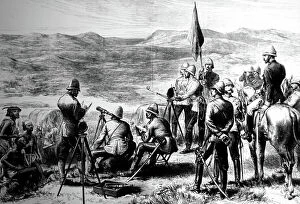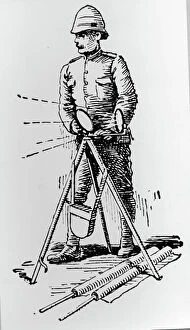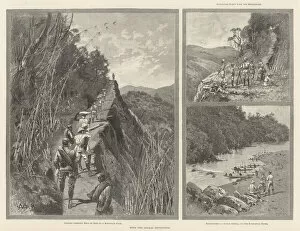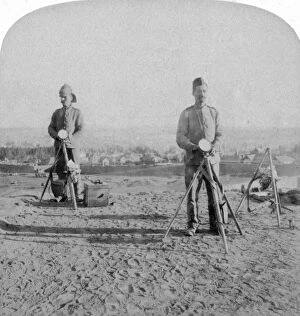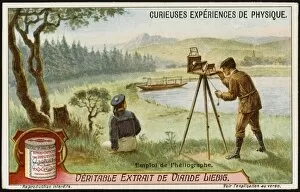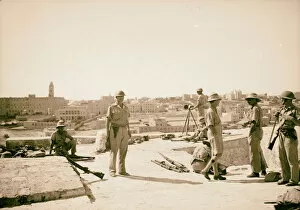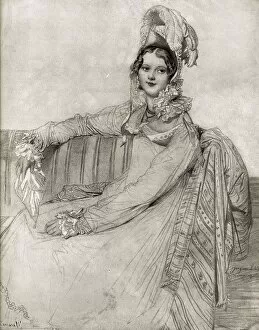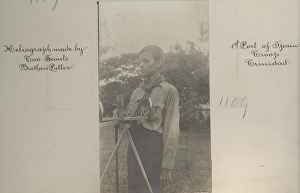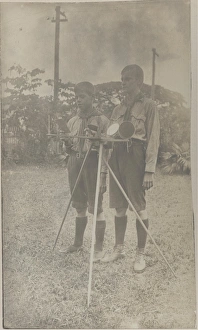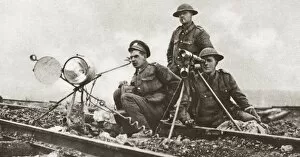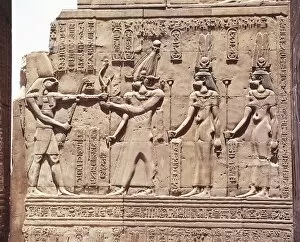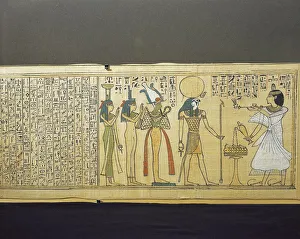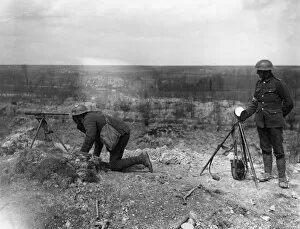Heliograph Collection
"Heliograph: A Revolutionary Communication Tool in the British Army's Arsenal" In the late 19th and early 20th centuries
All Professionally Made to Order for Quick Shipping
"Heliograph: A Revolutionary Communication Tool in the British Army's Arsenal" In the late 19th and early 20th centuries, a remarkable invention known as the heliograph played a crucial role in military operations, particularly for the British army stationed in Africa. This ingenious device utilized sunlight to transmit messages across vast distances, revolutionizing communication on the battlefield. One captivating image from circa 1901 depicts British heliographers at Johannesburg Fort in South Africa. In this black and white photograph, these skilled individuals can be seen operating their heliographs with precision and expertise. Their determined faces reflect their commitment to relaying vital information swiftly and accurately. Another striking photo captures members of Yorkshire Regiment's heliograph team signaling from New Zealand Hill during the Boer War in 1900. The monochromatic image showcases their unwavering dedication amidst challenging conditions, highlighting how this technology bridged gaps between troops spread across treacherous terrains. The power of heliography extended beyond African battlefields; it was instrumental during significant historical events worldwide. An engraving depicting "The Relief of Chitral" portrays soldiers crossing Loari Pass while utilizing a heliograph system to communicate critical updates back to headquarters. Similarly, an engraving titled "The Zulu War" showcases brave soldiers using a heliograph to flash messages to beleaguered forces under siege—a testament to its effectiveness even amidst intense conflict situations. Heliography's impact reached far beyond war zones too. An enchanting chromolitho artwork illustrates signalling by heliograph—showcasing its versatility not only within military contexts but also for civilian purposes such as emergency communications or exploration missions. Delving into history reveals that French inventor Nicephore Niepce developed this groundbreaking technique at his residence near Chalon-sur-Saone, France—an achievement immortalized through an engraving featured in Les Merveilles de la Science published around 1870.

